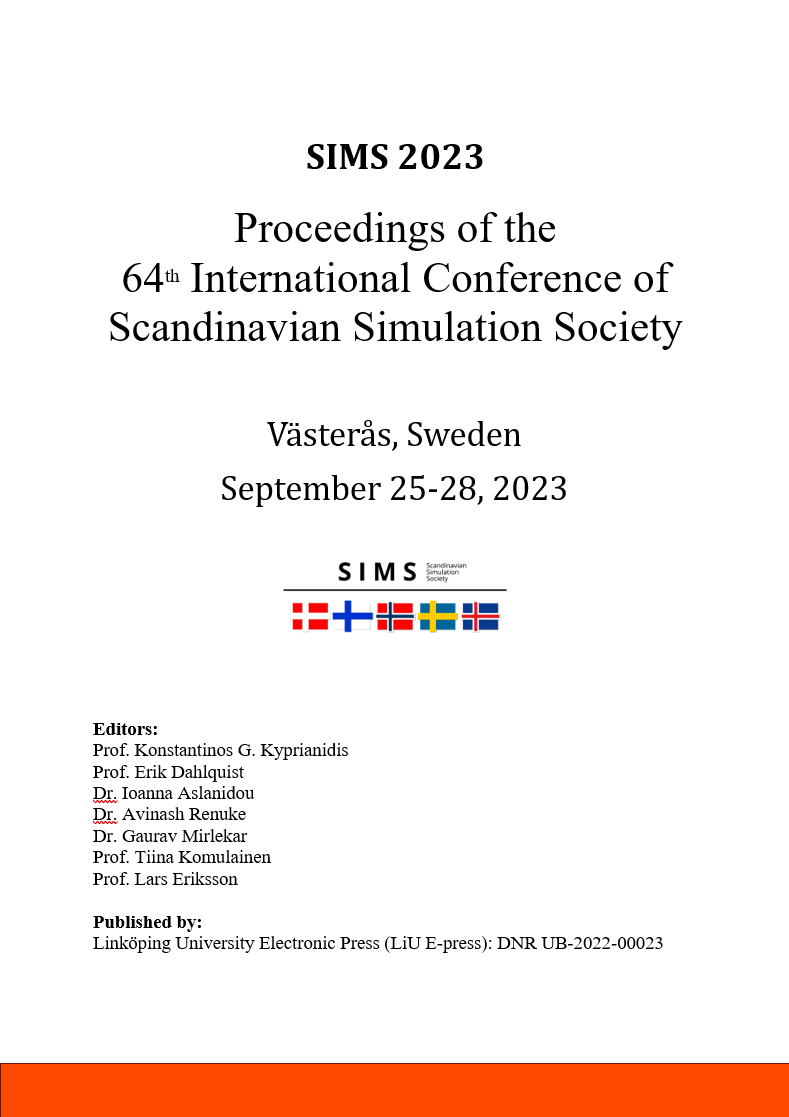Green production of dimethyl ether (DME) - indirect conversion of synthesis gas produced from biomass
DOI:
https://doi.org/10.3384/ecp200045Keywords:
Dimethyl ether, Aspen Hysys, Thermodynamic models, Energy optimalizationAbstract
In the transition to a fossil-free transport sector, the use of Dimethyl ether (DME) can be an environmentally friendly alternative. DME is a synthetically produced alternative to fuels like diesel or liquified petroleum gas (LPG), and has lower emissions of CO2, NOx and particles compared with diesel. To be a green renewable alternative, DME needs to be produced from carbon neutral resources such as biomass. DME can be produced from synthesis gas produced by gasification of biomass. The synthesis gas can be used to produce either DME directly in a single stage process with a bi-functional catalyst, or in a twostep process in which methanol is produced in the first step and converted to DME via dehydration in the second step. In this study process simulations of the DME synthesis from methanol is assessed. The paper involves assessment of process parameters and energy improvement of the DME synthesis. The study evaluates the effects of different thermodynamic models like PRSV, NRTL, WILSON and UNIQUAC in Aspen Hysys. Conversion reactor and Gibbs reactor configurations, and sensitive analysis of process parameters is studied. Heat integration is evaluated for energy resource management and cost estimation. The Gibbs reactor with the UNIQUAC model and internal heat integration resulted in an increase in DME production of 0.5% and a reduction in energy demand of 46%.Downloads
Published
2023-10-19
Issue
Section
Contents
License
Copyright (c) 2023 Marianne Eikeland, Sebastian Larsen, Oliver Numme, Eivind Johan Trasti, Terje Bråthen

This work is licensed under a Creative Commons Attribution 4.0 International License.

